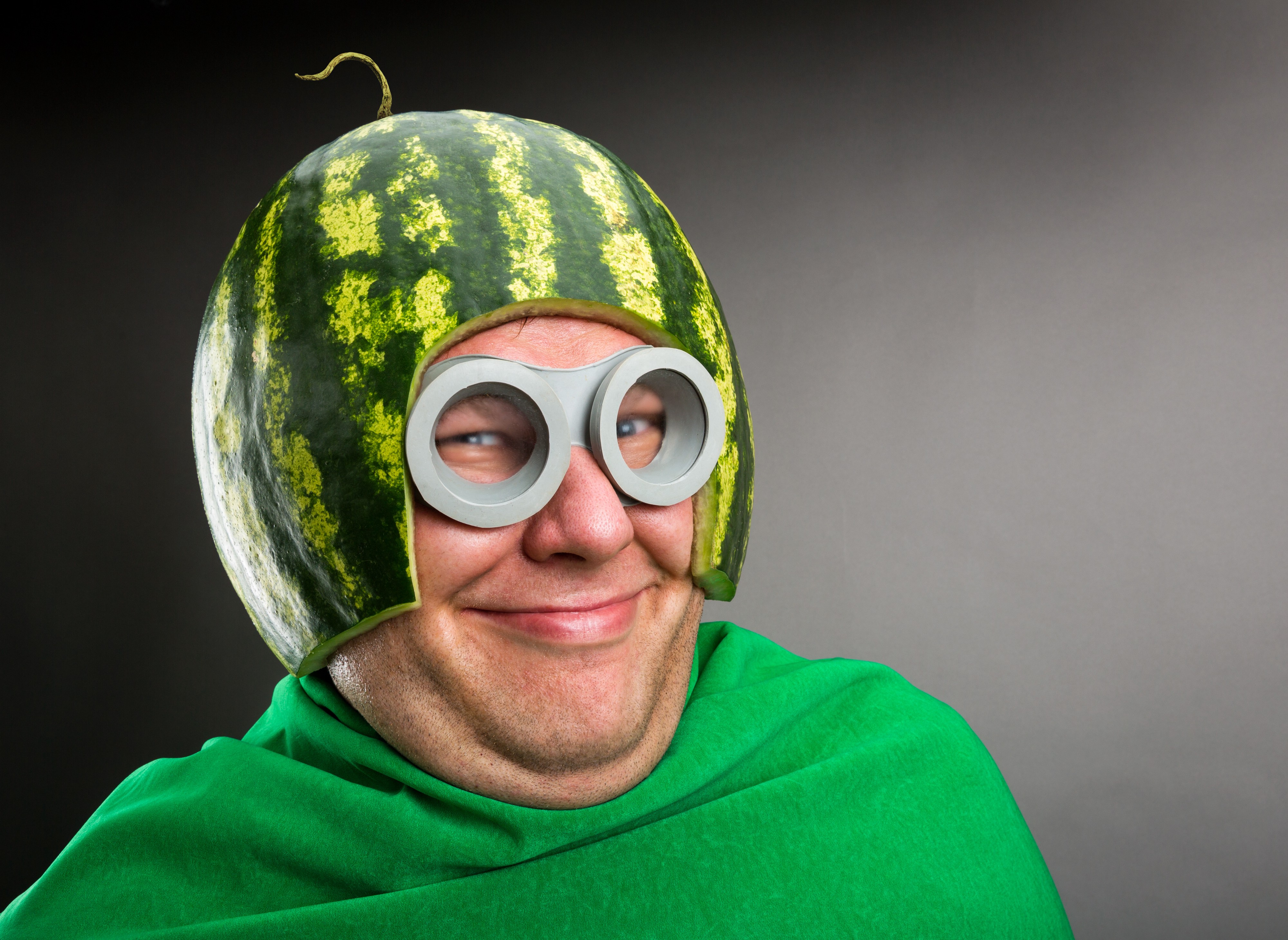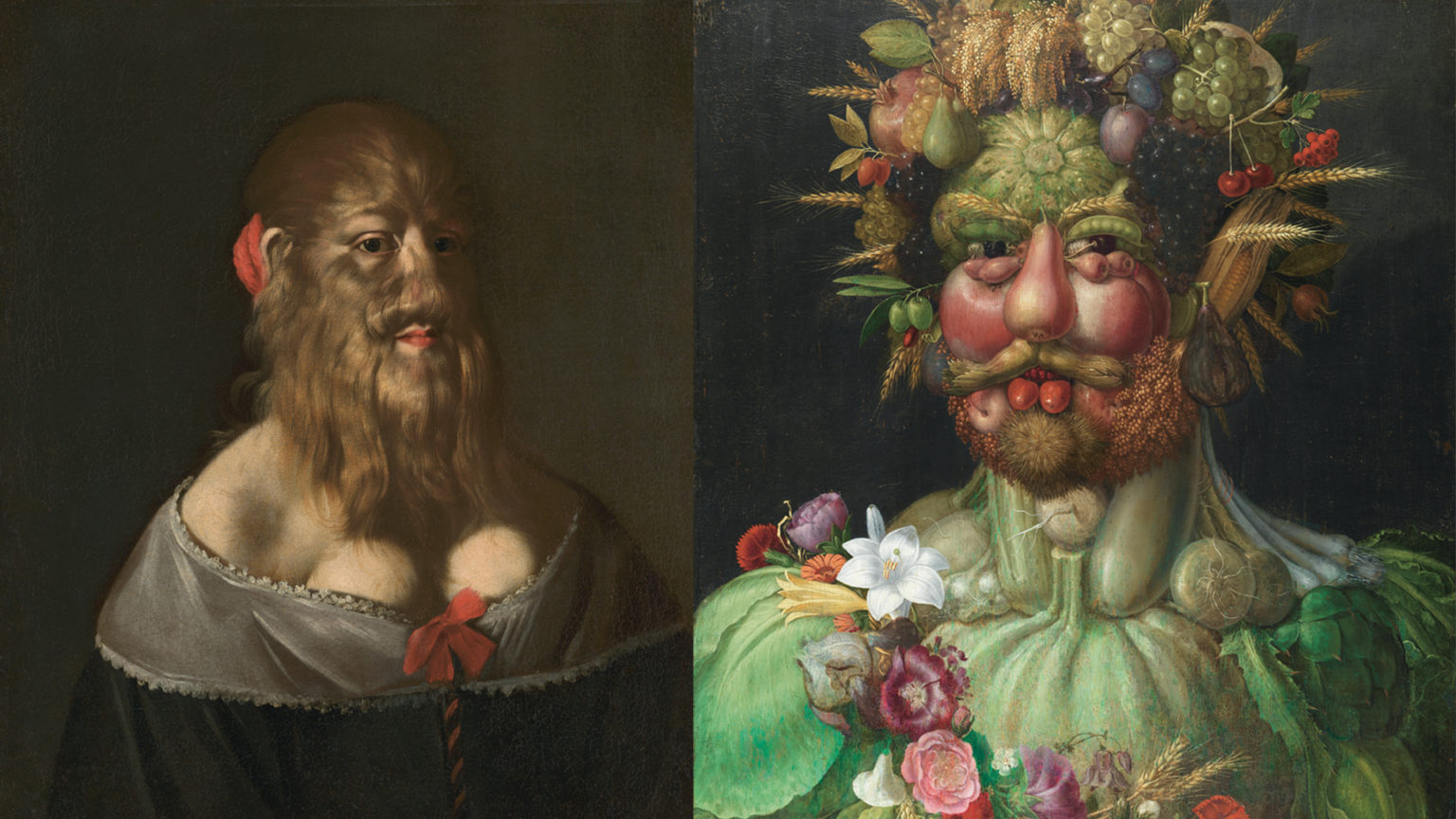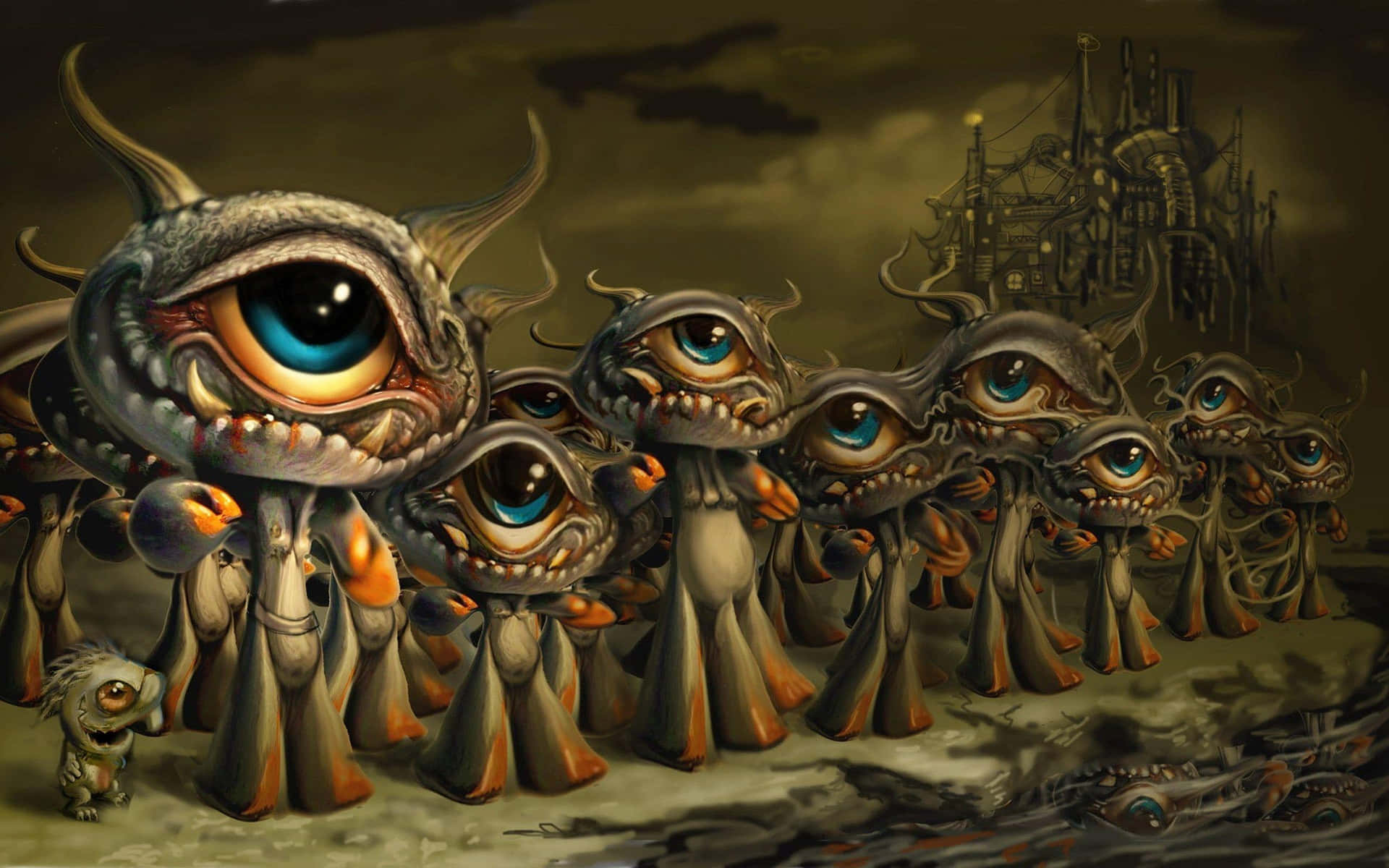Unusual & Weird Color Names: Discover Shades You Never Knew Existed
Have you ever stopped to think about how we name colors? It’s a bit funny, isn’t it, how some shades get names that just make you scratch your head? We usually think of colors like red, blue, or green, and perhaps a few more common ones like periwinkle or cornflower. But what if I told you there’s a whole world of truly strange, rather unexpected, and sometimes downright bizarre color names out there? It’s a fascinating journey into language and perception, honestly.
You might believe your crayon box holds all the unique colors, but that's just a tiny piece of the story. There are so many obscure colors you probably don't even realize exist, each with its own special history and, very often, a surprisingly vivid meaning. From the deep, almost thought-like shade of obsidian to the lively bounce of razzmatazz, these names truly stretch our imagination and how we see the world around us. So, if you’re curious about hues that go way beyond the basics, you’re definitely in the right spot.
This article is going to take a closer look at some of these truly odd and distinctive color names you’ve most likely never heard of before. We’ll explore where they came from, what they mean, and even provide their codes so you can use them yourself. Get ready for a fun color adventure that just might change the way you see everyday objects and, perhaps, even inspire your next creative project. It’s a pretty cool way to look at something we take for granted, actually.
- Lexiscandyshop
- Liann Freeman
- Laura Ingrahams Husband
- Lauren S%C3%A3nchezs Background
- Lauren S%C3%A3nchezs Family Background
Table of Contents
- The Curious World of Color Naming
- A Gallery of Weird Color Names and Their Stories
- Bringing Weird Colors into Your World
- Frequently Asked Questions About Weird Color Names
- Your Turn to Add to the List
The Curious World of Color Naming
How Colors Get Their Names
The way we name colors has really changed over time, from ancient days right up to our digital age. You see, it shapes how we look at the world around us. In the past, colors might get their names from things found in nature, like plants, minerals, or even animals. Think about "saffron" from the spice, or "ochre" from a type of earth. These names were very direct, connecting the color directly to its source. It was a simple, yet effective, way to categorize the visual spectrum, you know?
As time went on, and particularly with the rise of art, fashion, and then later, industrial production, the names became a bit more imaginative. We started seeing colors named after places, like "Prussian blue," or even abstract ideas. Then, in the digital age, with computers and screens, we got hex codes and RGB values, which are precise ways to define colors without needing a descriptive name at all. Yet, even with all that precision, we still find ourselves giving colors these rather unique, sometimes quirky, names. It's almost like we need that human touch, that little bit of storytelling, to really connect with a shade.
Beyond the Basics: Why We Need More Words for Color
You might think knowing red, green, and blue is plenty, but there are so many fascinating words that describe shades of color in our language. If you just stick to the basics, you could miss out on some of the most vivid and historically interesting shades that exist. For example, have you ever considered a color like "quercitron"? It’s a yellow dye that comes from oak bark, and the name itself just sounds old and rich, doesn't it? Or what about "puce," which is a brownish-purple? It’s derived from the French word for flea, which is a bit gross, yet it paints a very specific picture of the color.
These unusual names aren't just for fun; they help us communicate very specific visual ideas. They let us talk about a shade of green that isn't just "green," but perhaps "acid green," which immediately tells you it's a bright, almost neon, version. Or "aero blue," which brings to mind the clear, light blue of the sky. These specific names allow us to truly distinguish between subtle variations, enriching our conversations about art, design, and the world itself. It’s really quite something how a single word can evoke such a precise visual, almost like magic.
A Gallery of Weird Color Names and Their Stories
Let's dive into some of the most unusual and interesting color names out there. From the almost mystical to the truly funny, these shades have stories that are worth hearing. We're talking about colors you’ve likely never encountered in your daily life, the ones that make you pause and wonder, "What on earth is that?" It’s a pretty fun way to expand your color vocabulary, you know, and perhaps even find a new favorite hue.
Colors from Nature and Beyond
Some of the most captivating weird color names come from surprising sources, often rooted in nature or historical contexts. Take "phlox," for instance. It's a lovely pinkish-purple, named after the flower. It’s a very specific kind of purple, not just any purple, but one that has a certain softness to it. Then there's "wenge," a deep, dark brown, almost black, that gets its name from a type of African wood. It evokes a sense of richness and depth, like a fine piece of furniture. These names really connect us to the natural world in a very direct, tangible way.
And how about "obsidian"? This isn't just a color; it's described as the color that's imprinted behind your eyelids, the shade that primes every blink and every dream. It's the color of your very thoughts, they say. It's a deep, almost absolute black, named after the volcanic glass. It’s a powerful, intense color, one that feels very personal, in a way. Then there's "razzmatazz," a vibrant, almost shocking, reddish-pink. It sounds like something from a carnival, full of energy and fun. And "zomp," a greenish-blue, which just sounds made up, yet it's a real color with its own distinct place in the spectrum. These names, they just have a way of sticking with you, don't they?
We've also got "acid green," which is a bright, almost electric green that just screams modern and bold. There's "aero" and "aero blue," both very light, airy blues that make you think of the sky or a clear day. "Aerospace orange" is a bold, strong orange, quite specific, likely used for safety or visibility. "African violet" is a deep, rich purple, named after the popular houseplant. "Alabaster" is a soft, off-white, like the smooth stone. "Alloy orange" is a more muted, metallic-looking orange, suggesting strength. "Almond" is a creamy, light brown, very comforting. And "amaranth," a beautiful reddish-pink, named after a flower that never fades. These names, you see, they tell a story about their shade, which is pretty neat.
Then there are the truly old and rare ones, like "zaffre," a deep blue pigment made from cobalt ore, which has a very ancient, almost alchemical feel to it. Or "falu," a deep red, traditionally used for painting houses in Sweden. These colors carry history within their very names, linking us to past practices and distant places. They are more than just shades; they are echoes of human ingenuity and cultural practices. It’s almost like each one has its own little secret, waiting to be discovered, which is kind of cool.
The Surprisingly Funny Side of Paint Names
If you think color names like "periwinkle" or "cornflower" sound a bit silly or bizarre, just wait until you hear about some of the truly funny paint color names out there. Paint makers often get very creative, and sometimes, very weird, with their naming conventions. These bizarre names aren't just random, though; there's often a method to the maker's madness. They want to grab your attention, make you smile, and perhaps even make a particular shade more memorable or appealing. It’s a very clever marketing trick, actually.
You can find paint names that are truly quirky, designed to brighten your day or give you a laugh. These creative hues you’ve never heard of can really make choosing a paint color an entertaining experience. Imagine painting a room "Dragon's Blood," a deep, rich red that sounds quite dramatic, doesn't it? Or perhaps a shade called "Puce," which, as we discussed, has a rather unusual origin but a very specific look. These names, they just add a bit of personality to something as simple as a can of paint. They make you think about the color in a different way, which is pretty neat.
The oddest paint names are out there, and they sell, partly because they stand out. When you're looking at dozens of similar beige or gray swatches, a name like "Reptile Green" or "Mystic Fog" might just catch your eye and make you pick it up. It’s about creating a connection, a little story, around a color. It transforms a simple decision into a fun exploration. So, next time you're looking for color inspiration, maybe for a home renovation, take a moment to read through some of the funniest paint color names; you might just find a laugh, or even the perfect shade for your space. It's a very human way to approach something practical, you know?
Colors That Defy Easy Description
Some colors are just hard to pin down with a simple name, so they get something a bit more descriptive or abstract. These are the shades that truly make you expand your idea of what a color can be. Think about a color like "phlox," which is a pinkish-purple. It’s not just pink, and it’s not just purple; it’s a specific blend that evokes the flower it’s named after. Or "wenge," that deep, almost black-brown, which is very specific to the wood it references. These colors really push the boundaries of our common color vocabulary, in a way.
Then there are colors that have such unique associations that their names become almost poetic. "Obsidian," for example, is not just a black, but the black of your thoughts, the color that primes every blink. That’s a powerful description for a color, isn't it? It goes beyond just its visual appearance and taps into something deeper, something very personal. Similarly, "razzmatazz" isn't just a pink; it’s a lively, almost chaotic pink that suggests fun and excitement. These names give colors a personality, which is a rather interesting thing to consider.
The evolution of color naming, from ancient times to the digital age, really shows how language shapes our perception. We move from simple, direct names to more complex, evocative ones, especially as our understanding of color and our ability to create new shades grows. These unique shades can really enrich your color palette and inspire your creativity, whether you're an artist looking for cool color names to use in your work, or someone just trying to pick a new wall paint. It’s a pretty cool way to look at something so fundamental, actually.
Bringing Weird Colors into Your World
Discovering these rare and unique color shades can truly open up a spectrum of elusive hues and their captivating allure. If you’re an artist, knowing these specific names and their meanings can give you new ideas for your art. Imagine using "dragon's blood" for a dramatic accent, or "obsidian" to create a sense of deep mystery. These names are not just labels; they are starting points for new ideas and expressions. It’s a very practical way to boost your creative flow, you know?
For those interested in interior design, getting to know these obscure colors can really transform a space. Instead of a generic blue, what about "aero blue" for a light, airy feel? Or "wenge" for a touch of sophisticated darkness? These unique shades offer a fresh perspective, moving beyond the usual choices and allowing for more personal and distinctive designs. They can help you create an atmosphere that feels truly unique, which is pretty great.
Even if you're just someone who enjoys learning new things, exploring these unusual color names is a fun journey. It shows you how rich and varied our language is, and how many different ways we have to describe the world around us. It’s a reminder that there’s always more to learn, even about something as seemingly simple as color. So, next time you see a shade that catches your eye, perhaps you’ll wonder if it has a weird, wonderful name you’ve never heard of before. It’s a simple shift in perspective, yet it can make things a bit more interesting.
Many of these rare colors, like "phlox" or "zomp," also come with their hex and RGB codes, which means you can actually use them in digital design, graphic art, or even for website colors. This makes them not just historical curiosities but practical tools for modern creators. You can find lists of these colors, complete with their meanings, origins, and codes, which is very helpful for anyone wanting to experiment. It's a pretty neat blend of history and technology, honestly.
Frequently Asked Questions About Weird Color Names
Here are some common questions people ask about these unusual color names:
What are some truly bizarre color names I might not know?
Well, you might be surprised by names like "razzmatazz," which is a vibrant pinkish-red, or "zomp," a greenish-blue. There's also "puce," a brownish-purple with a very odd origin, and "quercitron," a yellow from oak bark. These are just a few examples of the many weird color names that exist, really.
Where do these unusual color names come from?
These names often come from a variety of places. Some are named after plants or flowers, like "phlox" or "amaranth." Others get their names from minerals, like "obsidian" or "zaffre." Many also come from historical dyes, specific objects, or even abstract concepts, reflecting how people have tried to describe unique shades over time. It’s a very mixed bag, actually.
Can I actually use these weird color names in my own projects?
Absolutely! Many of these unusual colors have corresponding hex and RGB codes, which means you can use them in digital art, graphic design, or even for selecting paint colors. Knowing these unique shades can definitely enrich your color palette and inspire your creativity, giving your projects a very distinctive touch. You can learn more about color theory on our site, which is pretty helpful.
Your Turn to Add to the List
That’s all of our weird color names (for now)! We’ve explored some of the rarest, funniest, and strangest color names you’ve probably never heard of, from phlox to wenge, and from razzmatazz to zomp. We’ve looked at their meanings, their origins, and how they can really change the way you see and use color. It’s a pretty vast topic, you know, and there’s always more to discover.
Do you know any cool color names we can add to this list of weird color names? Perhaps you’ve come across a shade with a truly bizarre name or a fascinating history. If so, please leave the color name in the comment section below or email us. We’re always looking to expand our knowledge and share new discoveries with others who love colors as much as we do. Your input is very valuable, and we'd love to hear from you. You can also explore more colors on external resources, too.

"Weird" nghĩa là gì: Định Nghĩa, Ví Dụ trong Tiếng Anh

Weird art, bizarre paintings and history's strange fascinations - The

Download Weird One-Eyed Monsters Picture | Wallpapers.com